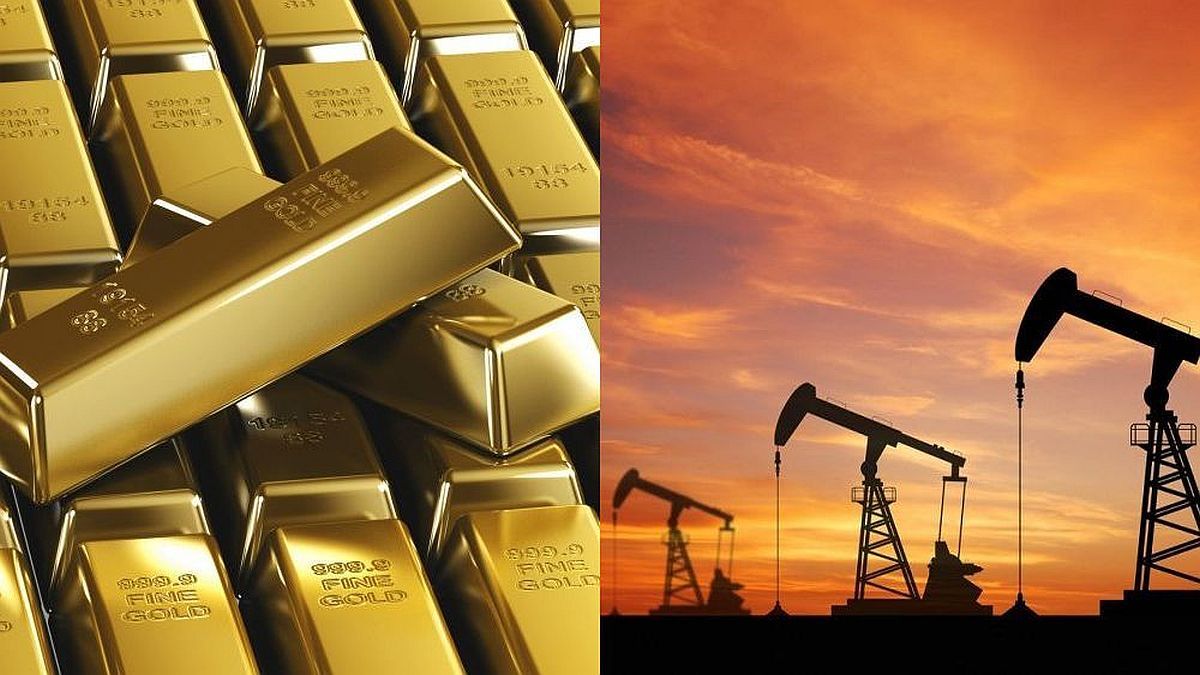“Market participants will closely follow the next meeting of the Federal Open Market Committee to see how the central bank reacts to high inflation, which will likely result in larger price movements,” he added. The dollar held firm, limiting demand for bullion from buyers with other currencies. Meanwhile, the yield on US Treasuries rose slightly from the low of a week hit in the previous session, which also put pressure on gold.
The Fed will begin its monetary policy meeting. It is expected to announce that it will end bond purchases earlier than previously reported, which could lead to interest rate hikes next year.
There are high expectations at the Federal Reserve that Powell will side with his colleagues who want to accelerate the reduction of the central bank’s “eternal” stimulus, cutting as much as $ 30 billion a month instead of the previously planned $ 15 billion. In this way, the whole matter can be closed in just over three months, and the first rate hike of the pandemic era can take place in April.
However, some gold headlines argue that over the past fifteen days there has been talk of a faster-than-expected rate hike – likely to occur between the end of March and mid-April – ad nauseam in the markets, until the end of April. Point that bullion trading has been desensitized about it. That probably explains the anemic price action of the yellow metal in recent sessions.
Sunil Kumar Dixit, a regular contributor to Investing.com on technical commodity issues, claims that gold needs to stay above $ 1,768 in the next week to avoid falling to $ 1,700 or even below. “But gold could also surprise and rise, “according to Dixit.” A movement in volume above $ 1,797 could trigger a rally to the next major leg of $ 1,825, “he added.
Gold is also rising for another reason: inflation. News of rate hikes is almost always bad for gold. This time, however, bullion traders seem focused on the history of US inflation, allowing gold to play its traditional hedging role against it, although strong action by the Fed to correct the situation could. remain negative for the yellow metal.
The US consumer price index (CPI) rose 6.8% in the year through November, growing at its fastest pace in four decades as in October, the Labor Department announced on Friday.
“Gold is slowly regaining its traction after a hot inflation report that mostly coincided with estimates,” Ed Moya of online trading platform OANDA said on Friday.
“A lot of inflation is stickier than you might want and that should keep gold’s bullish outlook over the medium and long term.” But Moya also warned that an accelerating cycle of rate hikes is a big risk and could trigger a panic sell in gold, although there appears to be a high probability that the Fed will do so now.
“Gold just needs to survive a firm consensus on the number of rate hikes the Fed will start with next year,” he said. “The recent gold trading range of $ 1,760 to $ 1,800 could continue to hold until the FOMC’s decision next week.”
The gold pendulum will, of course, be decided by swings in US Treasuries and the dollar.
Oil prices also fell to $ 74 a barrel on Tuesday, after the International Energy Agency (IEA) said the new omicron variant of the coronavirus would hit the recovery in global demand, as supplies head for an increase next year.
Brent crude futures lost 24 cents, or 0.32%, to $ 74.15 a barrel, while West Texas Intermediate (WTI) futures in the United States were down 27 cents, or 0.38%, au $ s71.02 dollars.
“The increase in new COVID-19 cases is expected to temporarily slow, but does not end the recovery in oil demand that is underway,” the Paris-based IEA said in its monthly oil report. .
Governments around the world – including the UK and Norway more recently – have tightened restrictions to stop the spread of omicron. The IEA lowered its forecast for oil demand this year and next by 100,000 barrels per day, mostly due to the expected impact on jet fuel use in the face of new travel restrictions.
The Organization of the Petroleum Exporting Countries (OPEC) on Monday it raised its forecast for global oil demand for the first quarter of 2022 and stuck to its schedule for a return to pre-pandemic levels of oil use, saying omicron will have a mild and brief impact.
Source From: Ambito
David William is a talented author who has made a name for himself in the world of writing. He is a professional author who writes on a wide range of topics, from general interest to opinion news. David is currently working as a writer at 24 hours worlds where he brings his unique perspective and in-depth research to his articles, making them both informative and engaging.




